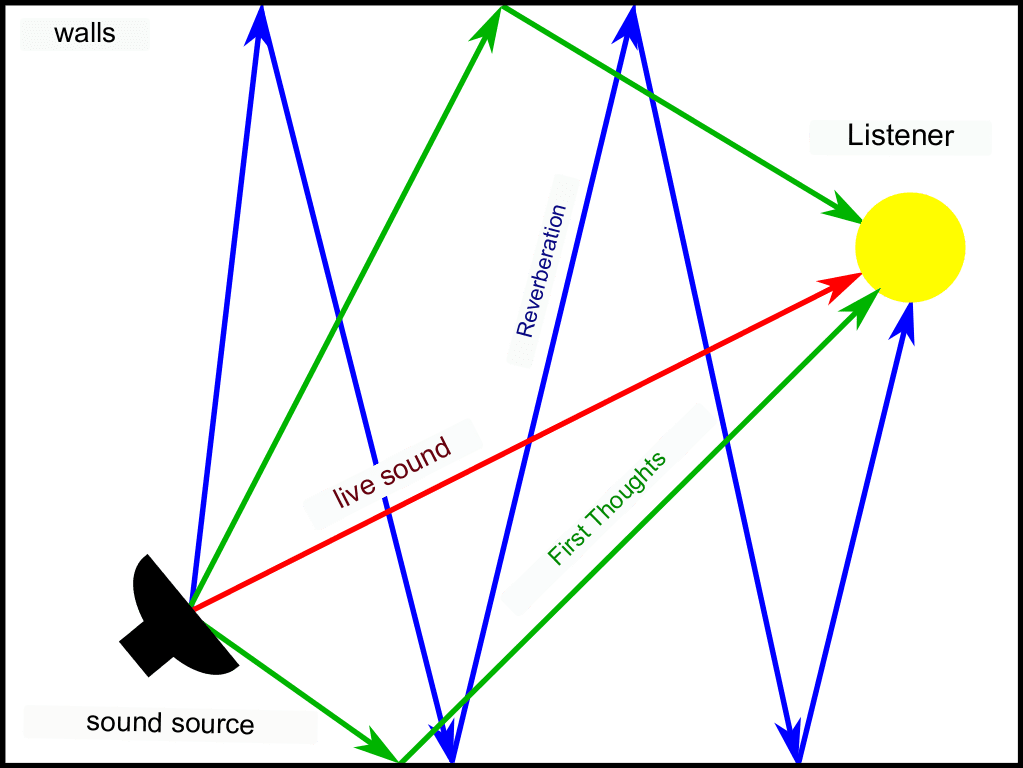Defining the ideal location for your home studio
Creating your own home studio has become an essential step for music enthusiasts, artists and content creators. This dedicated space allows you to record, produce and mix your music comfortably at home. However, to obtain quality results, it is essential to choose an ideal location for your home studio.
This article is the first in the Home studio series. The goal of this series of articles is to guide you through all the steps necessary to create your own home studio.
Identify a suitable room
•Evaluation of the different rooms of the house
When you decide to create your own home studio, the first step is to identify the most suitable room for this purpose. To do this, it is essential to evaluate the different rooms of your house. For example, bedrooms, basement or attic, depending on the following criteria.
• Criteria to consider for your home studio
First, consider the size of the room. A sufficiently spacious room will allow you to comfortably install your equipment and move around easily while avoiding space constraints. A moderate sized room can also be considered if you are planning a more compact home studio.
Ceiling height is another important factor to consider. Opt for a room with sufficient height to avoid any feeling of oppression and allow better diffusion of the sound. A standard ceiling height of around 2.4 to 3 meters is generally recommended.


When choosing the ideal room for your home studio, the shape of the room is a crucial factor to consider. It is preferable to favor a configuration of the walls which is not parallel, that is to say to avoid the walls facing straight. It is important to note that advice regarding the shape of the room should be taken with caution, as each situation is unique. The best way to determine the ideal room for your home studio is to perform acoustic measurements in different rooms and find the best compromise.
Each room will have its own acoustic characteristics, and only by measuring and evaluating these characteristics can you make an informed decision. The acoustics of a room can be influenced by many factors. For example, its shape, size, furnishings and building materials. By taking accurate measurements, you will be able to identify potential problems and appropriate solutions for your home studio.
•Choose a room with good sound insulation
Sound insulation is a crucial element for a quality home studio.
Choose a room that provides good sound insulation to minimize unwanted outside noise. Poorly insulated windows, doors and walls can lead to sound leakage.


Preferably opt for a room with thick walls to reduce outside noise.
When choosing the ideal room, also make sure to minimize noise pollution from outside. Avoid rooms adjacent to constant noise sources such as roads.
Analyze the acoustic characteristics of the room
•Importance of acoustics for a home studio
Acoustics play a crucial role in the quality of recordings made in your home studio. To achieve optimal sonic results, it is important to analyze the acoustic characteristics of the room. For example, taking appropriate steps to identify how to correct any problems.
Here are some key points to consider:
•Assessment of sound reflections
First, sound reflections must be assessed. Reflections are the bounces of sound off room surfaces. This can cause echoes or unwanted coloration of the sound. It is best to minimize reflections by using sound absorbing materials. For example, panels or diffusers to control the diffusion of sound.
Next, reverberation is an important aspect to consider. Reverberation refers to the time it takes for sound to fade into the room after it has been produced. Excessive reverb can make recordings indistinct and unclear. Sound absorbing surfaces, such as sound absorbing panels or carpets, can be used to reduce reverberation.
Additionally, it is essential to identify unwanted frequencies that may be amplified or attenuated by the room. Certain materials of construction or the shape of the part can create specific resonance modes or frequency peaks. Using acoustic measurement software can be helpful in identifying problematic frequencies and applying targeted acoustic treatments.
• Methods for measuring room acoustics
There are several methods for measuring room acoustics. One of the simple methods is to perform a “hand clap” and listen carefully for the echo or resonance. However, for more accurate measurements, the use of acoustic measurement software, such as spectrum analyzers, can provide detailed data on the acoustic characteristics of the room.
In conclusion, the analysis of the acoustic characteristics of the room is essential to obtain quality recordings as well as a good listening in your home studio. By evaluating sound reflections, reverberation, and unwanted frequencies, you can take steps to improve room acoustics. Using sound measurement software and the right sound absorption and scattering materials will help you create the optimal sound environment for your recordings and mixes.
Freesong analysis
FreeMastering Sample
Sound insulation and acoustic treatment of the home studio
•Importance of sound insulation to minimize outside noise
Sound insulation and acoustic treatment are essential elements to create an optimal environment in your home studio. They help minimize unwanted outside noise as well as sound leaks that could disrupt your recordings.
Here are some important points to consider:
•Methods to isolate your home studio
First of all, sound insulation is crucial to reduce outside noise such as road traffic, planes, neighbors, or any other source of disturbance. Using soundproofing materials, such as sound absorbing panels, mineral wool can help dampen these unwanted noises. Be sure to properly insulate doors, windows and walls to minimize sound leakage.
•Explanation of acoustic treatment techniques for the home studio
Then, as said in the previous part, the acoustic treatment intervenes to reduce unwanted reflections and resonances inside the room. Sound reflections can cause sound coloration and poor clarity, while resonances can create unwanted frequency peaks.
The use of sound absorbing panels on walls, ceilings and even floors can reduce these problems.
Absorbent panels can be made from materials such as mineral wool, acoustic foam or cork, and they help to control sound reflections in the room.
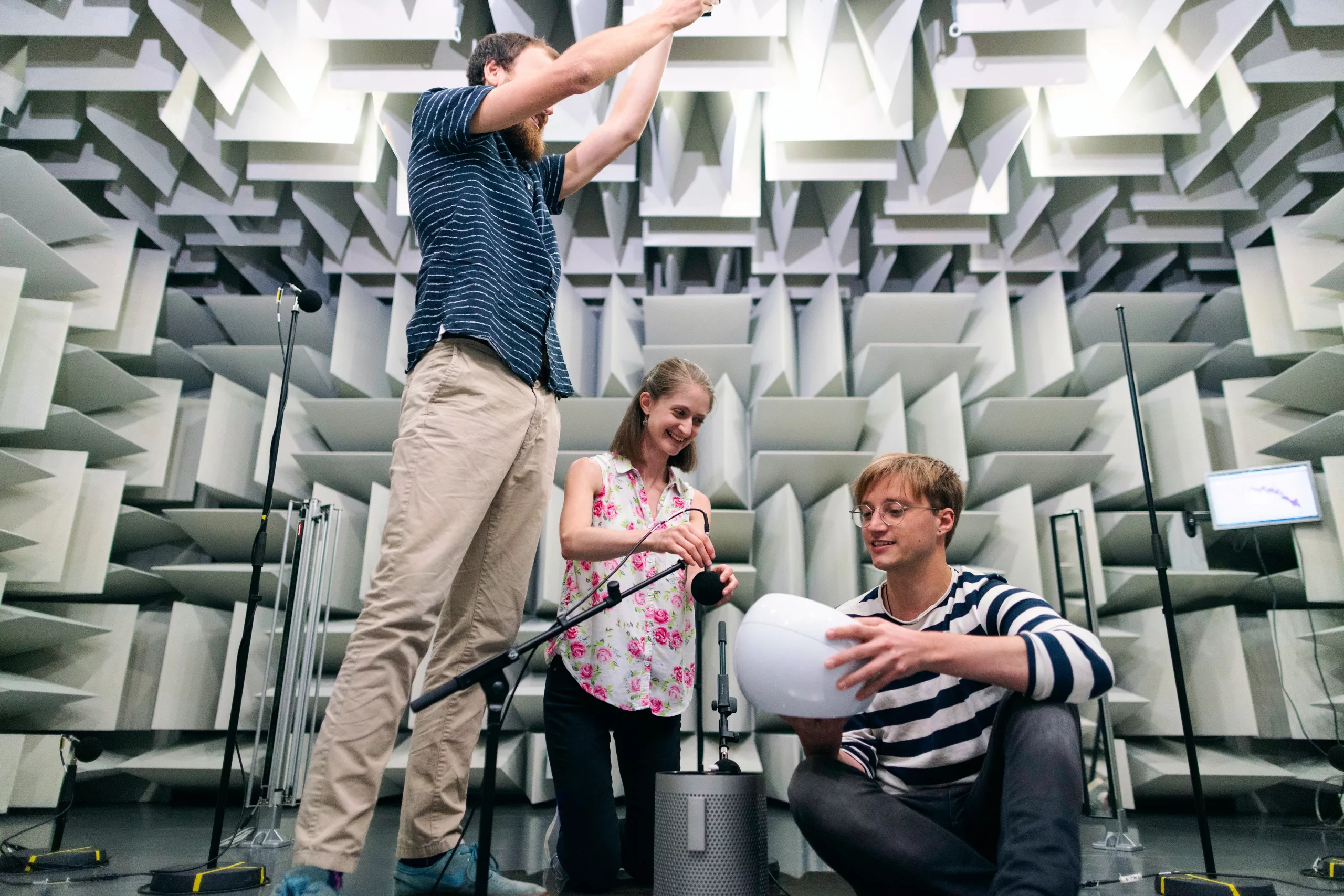

Additionally, using acoustic diffusers can help disperse sound more evenly, avoiding direct reflections. Diffusers are elements that change the direction of sound waves to avoid unwanted effects.
They can be used to improve the quality of reverberation and create more natural and pleasant acoustics in the room.
Finally, installing bass traps is another commonly used acoustic treatment technique to manage low frequencies. Bass traps are designed to absorb or diffuse low frequencies that tend to collect in corners and areas of the room. They help eliminate unwanted resonance issues and improve tonal balance in your home studio.
Prevention of unwanted noise
•Tips for minimizing noise from inside the house
When creating your home studio, it’s important to take steps to minimize noise from both inside and outside the home.
Here are some tips to prevent unwanted noise:
To start, focus on the noises coming from inside the house. Household appliances such as refrigerators, washing machines or dishwashers can generate disturbing noises when in operation.
Place your home studio a reasonable distance from these devices to reduce the risk of sound leakage.
If that’s not possible, consider installing sound-absorbing materials, such as sound-absorbing panels or acoustic insulation, around appliances to reduce vibration and unwanted noise.
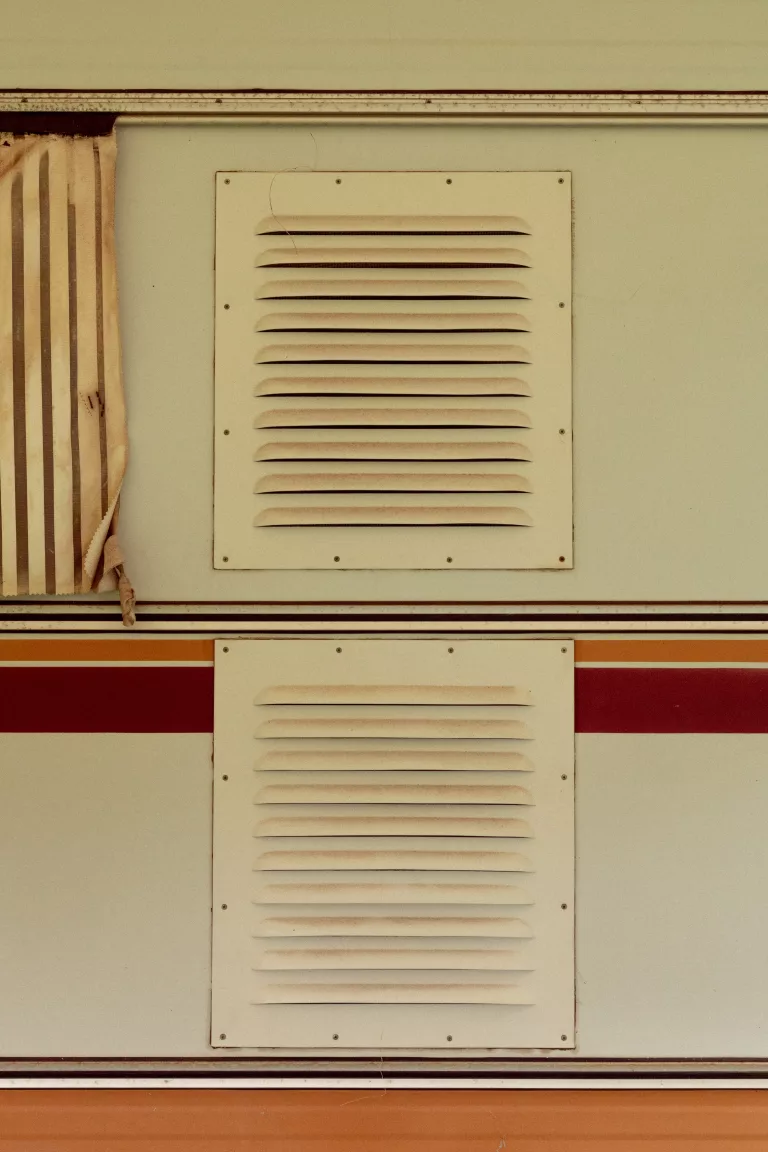

In addition, heating, ventilation and air conditioning systems can also be sources of noise.
Make sure these systems are properly maintained and run quietly.
If you notice excessive noise, call a professional to make the necessary repairs.
You can also use sound-absorbing materials to wrap the ducts and reduce ventilation noise.
•Use of sound-absorbing materials
As for the noises coming from outside the house, you can use sound-absorbing materials to reduce vibrations and unwanted noises. For example, you can install double-glazed windows to dampen outside noise such as traffic or neighborhood noise. Sound absorbing materials can also be used to insulate walls or doors that are exposed to external noise sources.


It is important to note that preventing unwanted noise is an ongoing process. Be sure to regularly check the condition of household appliances and heating, ventilation and air conditioning systems to avoid noise problems. Also, if you notice problems with sound insulation or unwanted noise, do not hesitate to explore different solutions, such as adding sound-absorbing materials or consulting an acoustical professional.
Additional Considerations for Creating a Home Studio
In addition to the acoustic aspects, there are other important considerations to take into account when creating your home studio.
Here are a few things to keep in mind:
•Consideration of home studio lighting
First of all, lighting plays a vital role in your workspace. Opt for adequate artificial lighting, such as specific lamps for task lighting, in order to preserve a luminous atmosphere conducive to concentration and creativity.
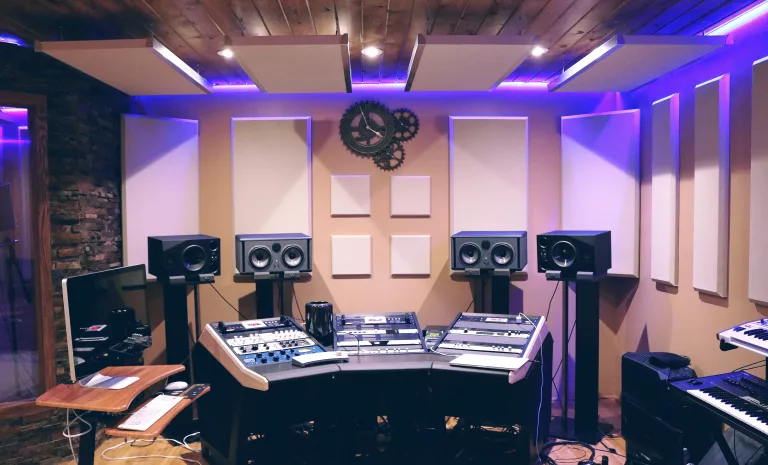

•Adapt to budgetary and spatial constraints
Then, it is important to adapt to budgetary and spatial constraints. If you have limited space, look for alternative solutions to maximize the use of that space. For example, use modular furniture or wall brackets to store your equipment and optimize the layout of your home studio. Likewise, if your budget is limited, explore affordable options for purchasing quality equipment, or consider buying used equipment.
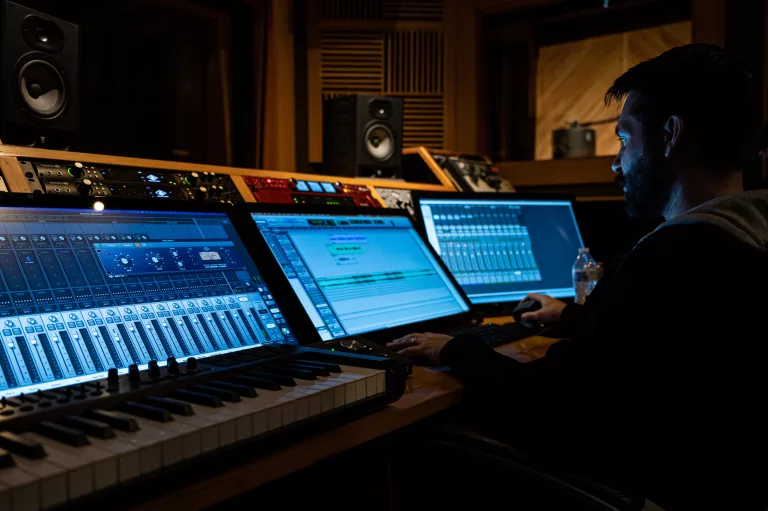

•Avoid electromagnetic interference in your home studio
Finally, consider electromagnetic interference. Position your cables correctly to avoid unwanted electrical interference. Route audio cables away from sources of interference such as power cables or electrical equipment. Use quality cables and make sure they are properly shielded to minimize the risk of interference and noise.
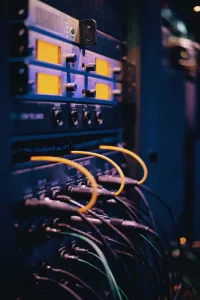

In sum, by taking the time to choose the right location, analyze the acoustic characteristics, prevent unwanted noise and take other important considerations into account, you can create an optimal home studio.

